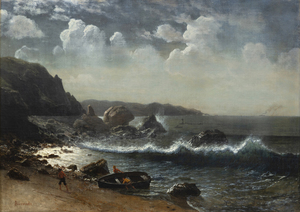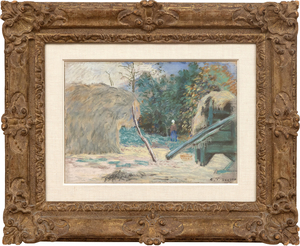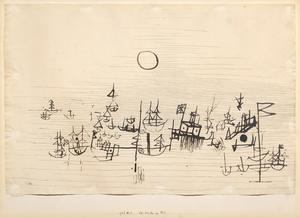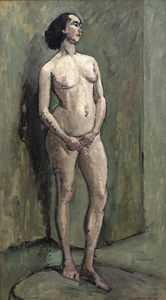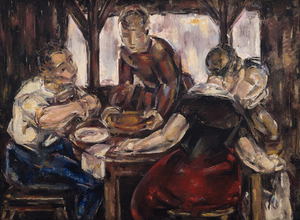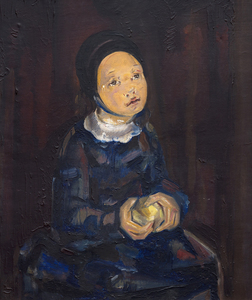アルフレッド・シスレー (1839-1899)
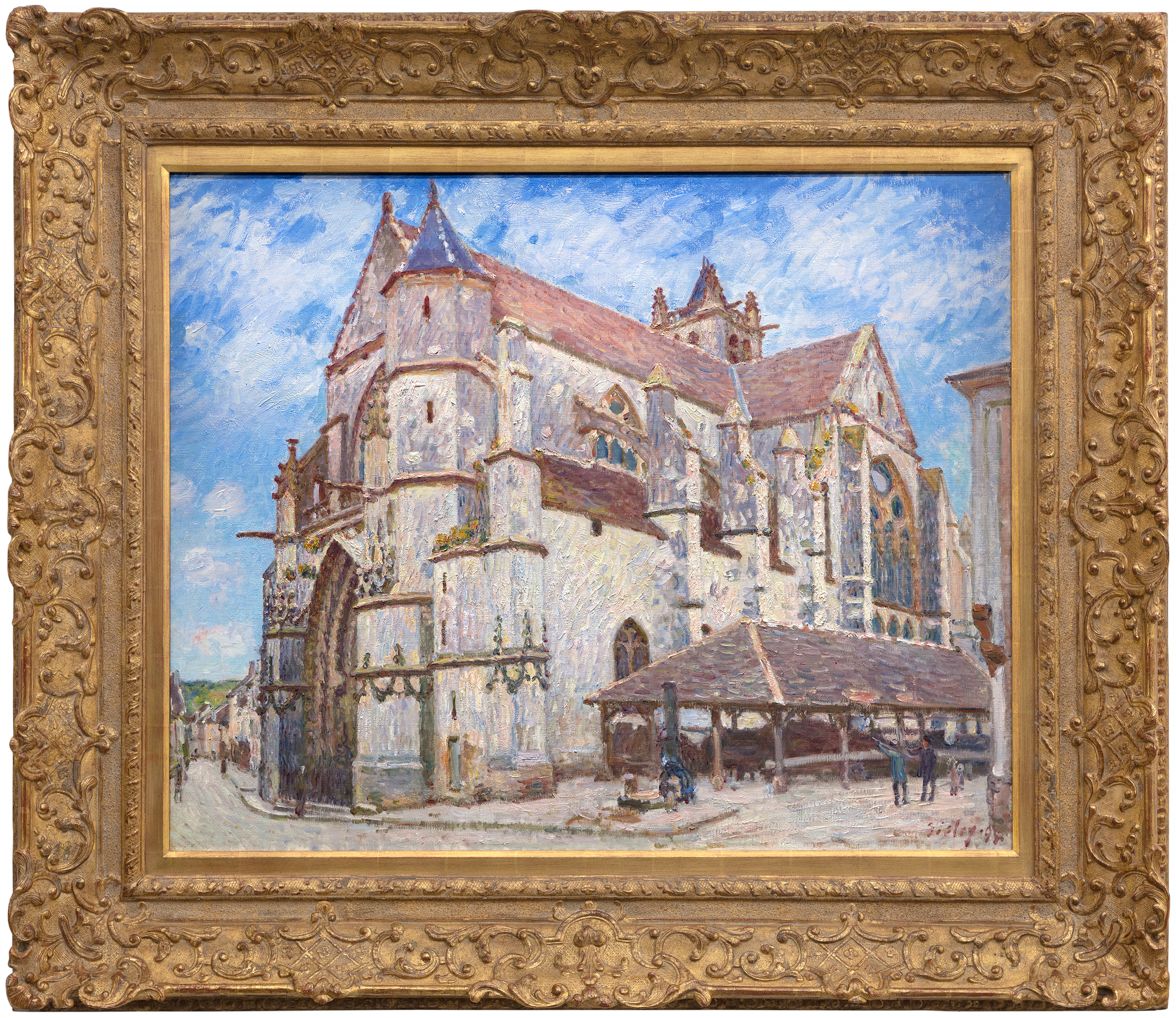
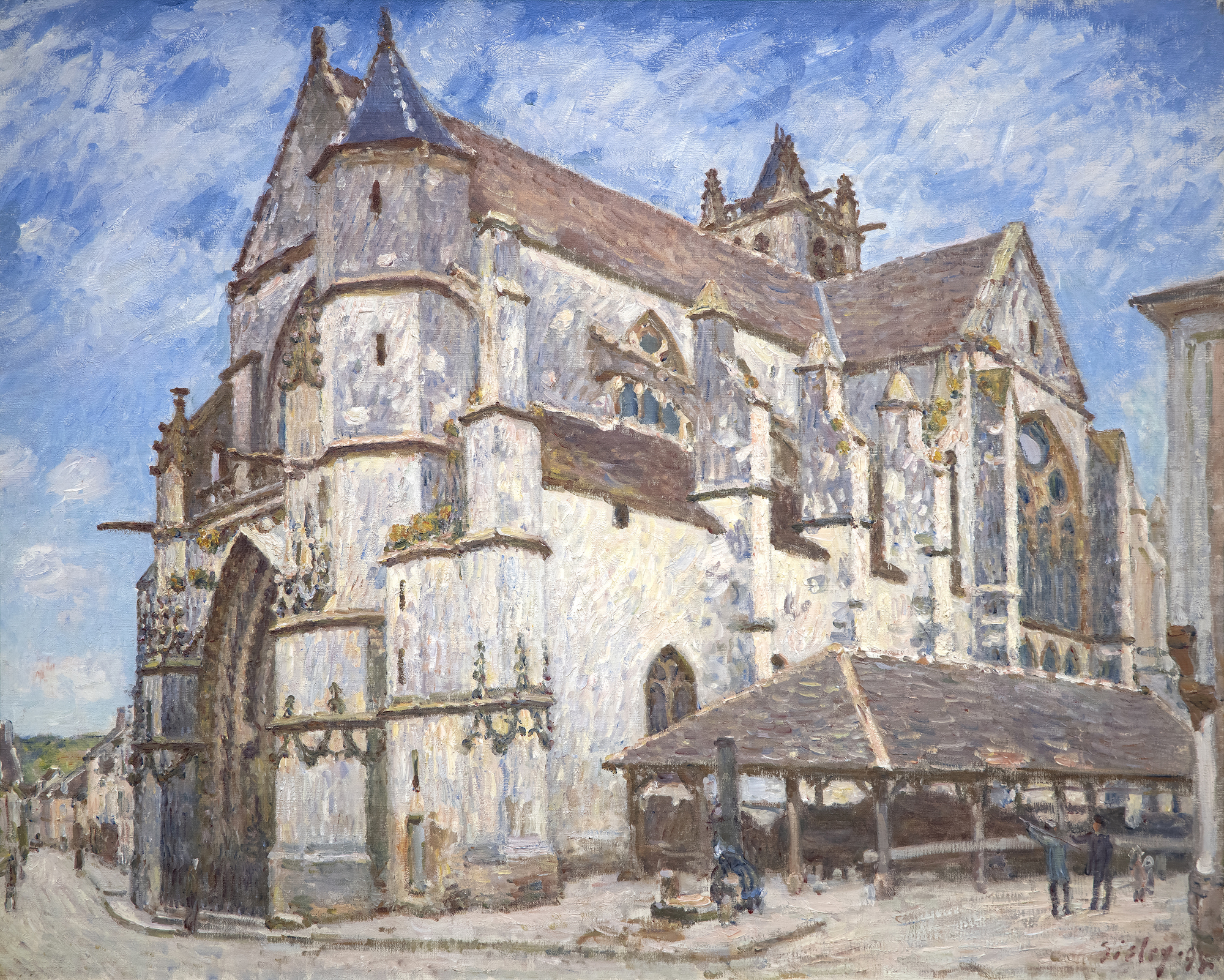
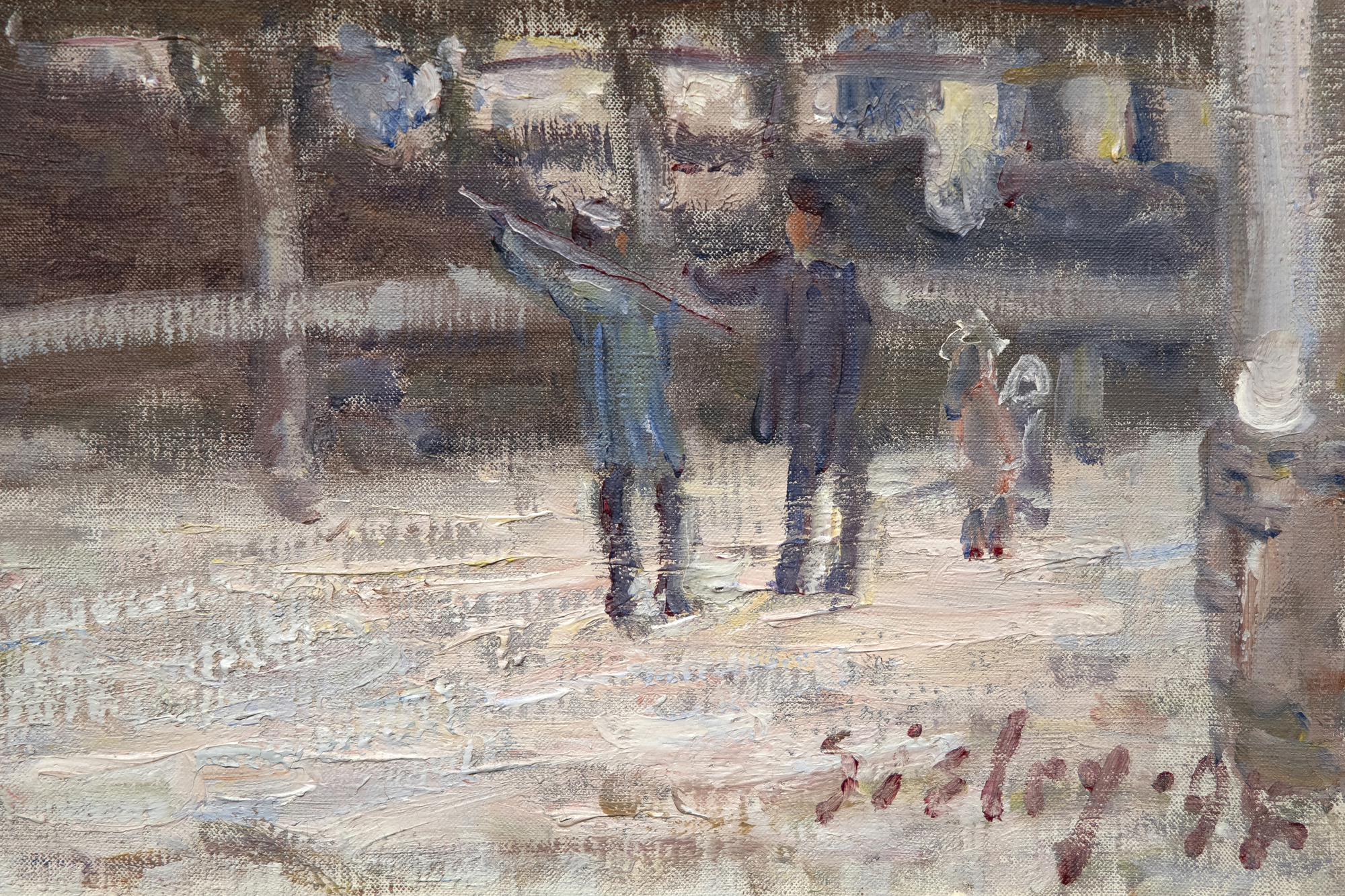
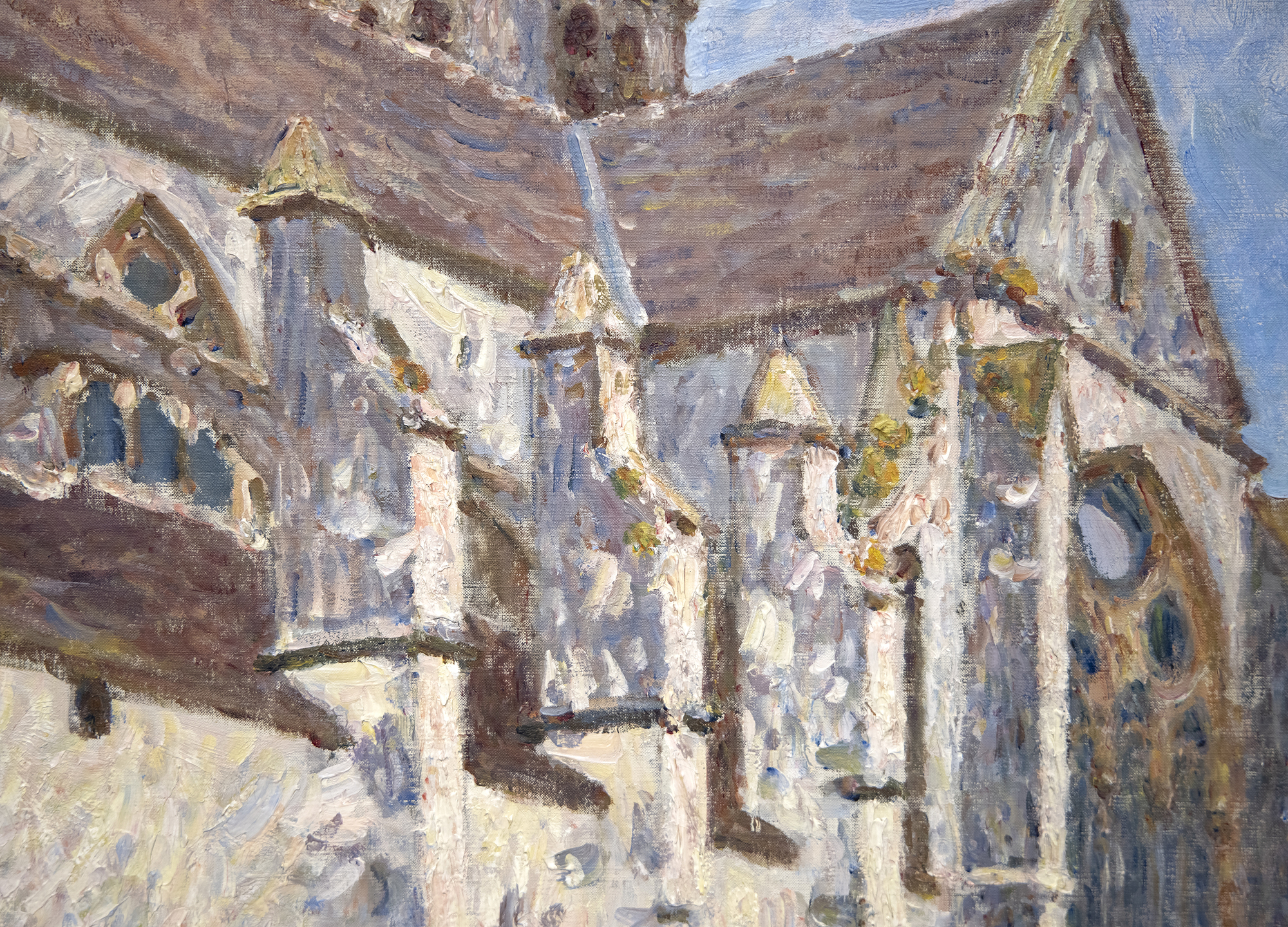
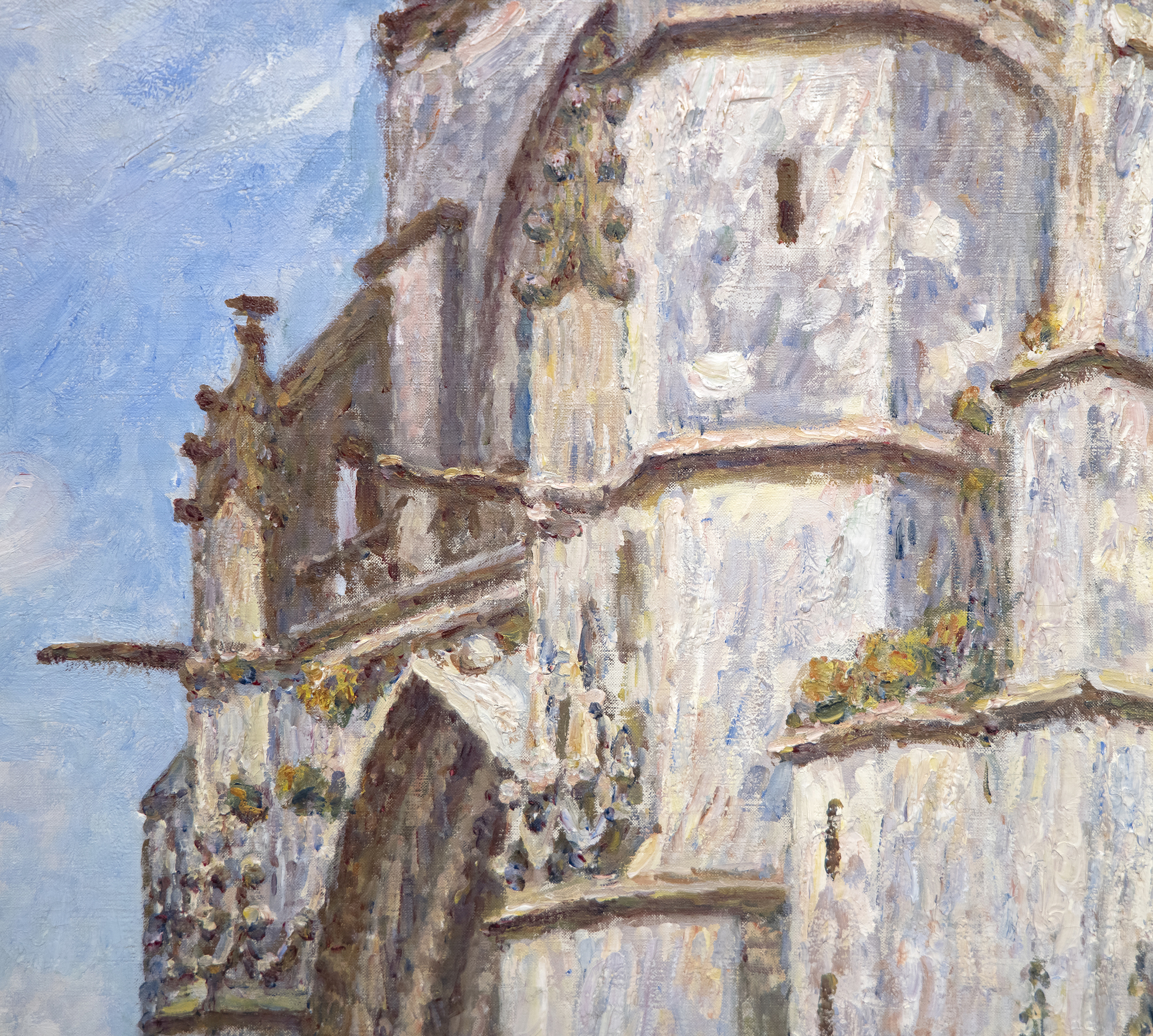
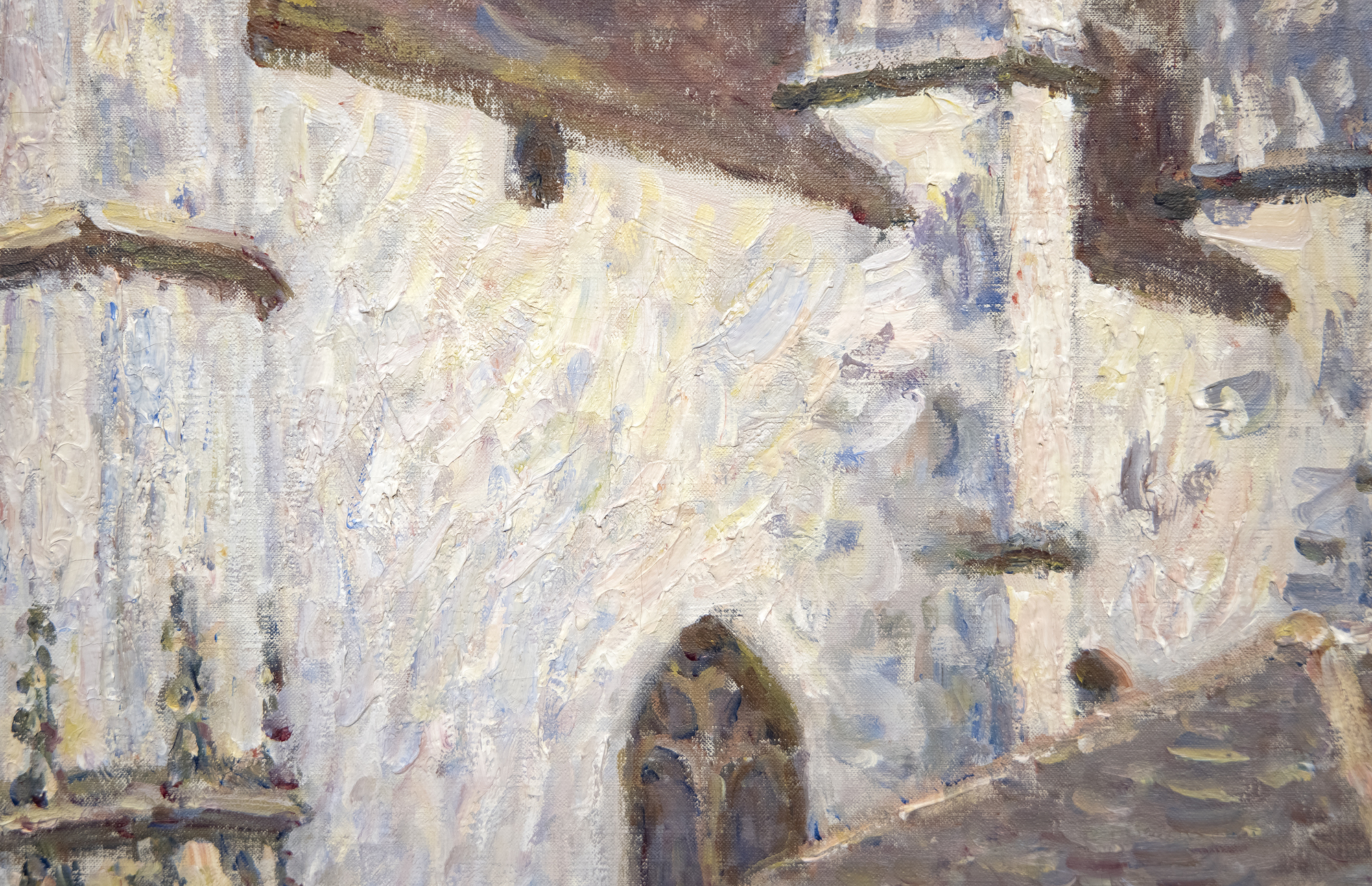
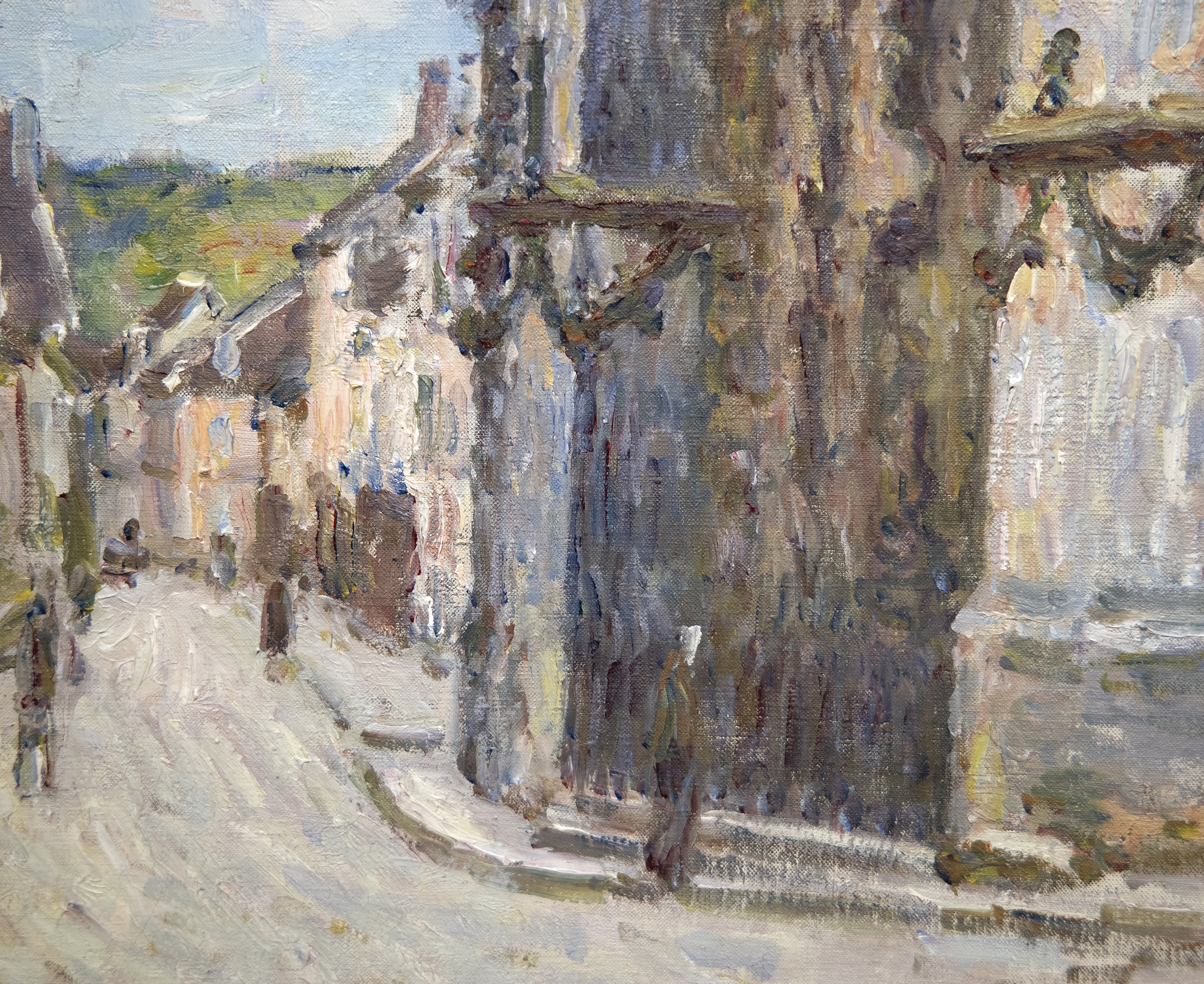
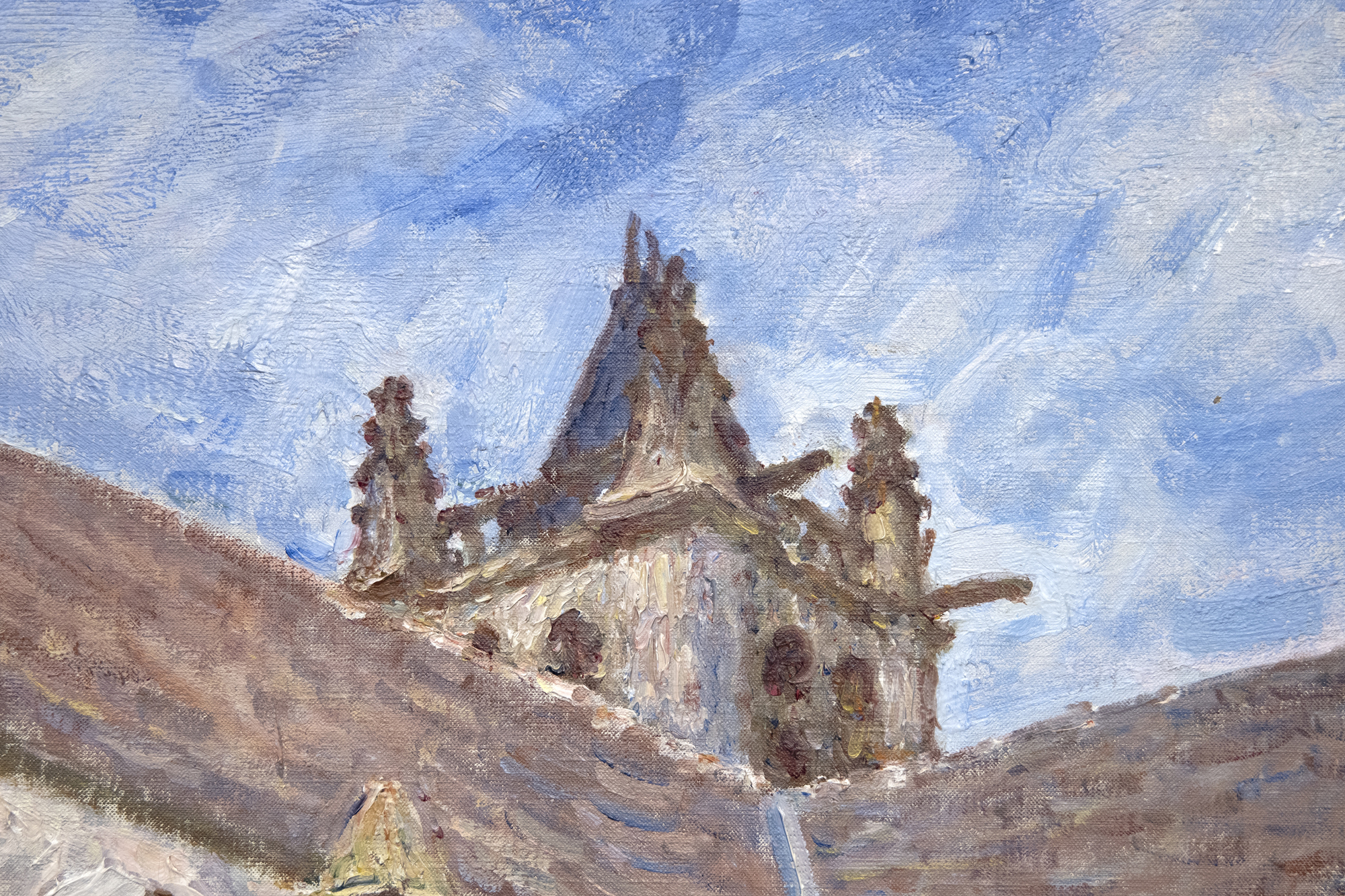
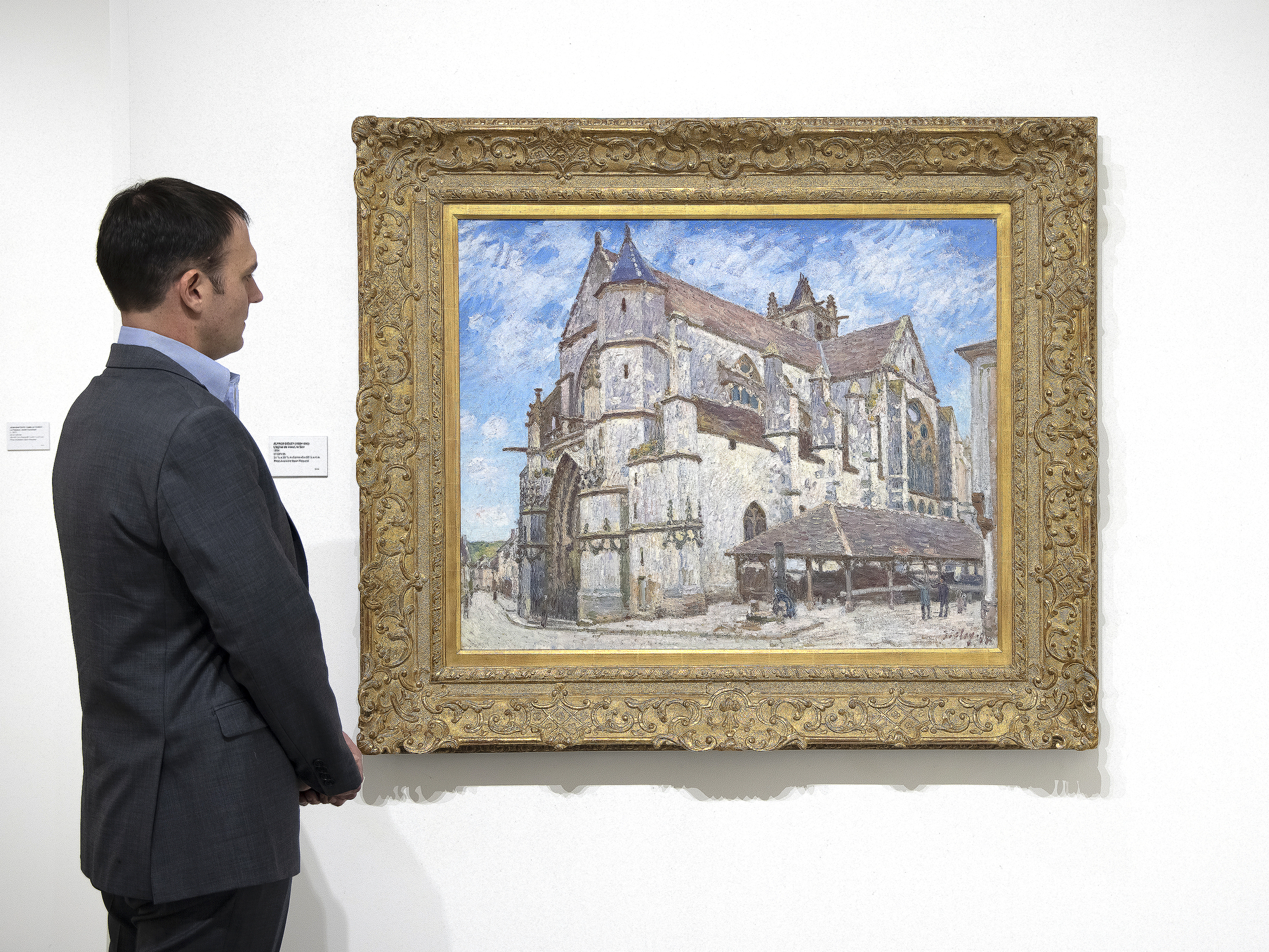
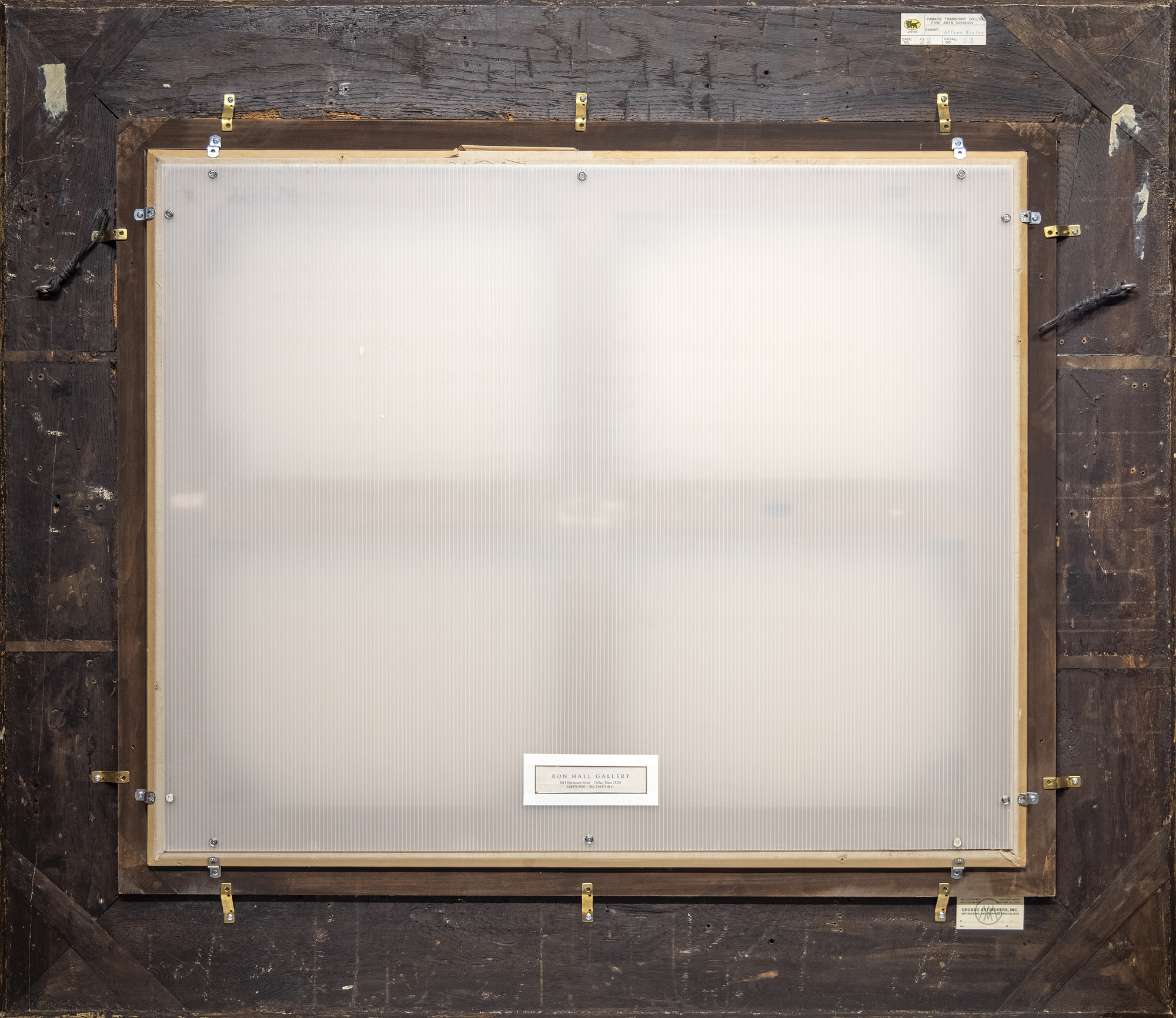
出所
シスレー・エステート売却アトリエ・シズレーのヴァント、ギャラリー・ジョルジュ・プティ・パリ、1899年5月1日、ロット13
ジョージ・ヴィアウ、パリ
販売オテル・ドゥルーオ・パリ、1908年2月20日、ロット37
パリ、ピアソンコレクション(上記セールで入手)
セールヴァンテ・ピアソン、ギャラリー・ポール・カッシーラー ベルリン、1927年10月18日、ロット65
個人コレクション
セールパリ、オテル・ドゥルーオ、1928年6月23日、ロット98
パリ、オーベール・コレクション(上記セールで購入、マルセル・オーベールの可能性あり)
個人コレクション エドワード・ネイム・ギャラリー
S...もっとその。。。teven Bedowitz, Boca Raton, Florida (1989年買収)
プライベートコレクション (ニューヨーク州)
ラリー・ラセルテ(ダラス)(1991年獲得
個人蔵(1996年取得)
展示会
東京、伊勢丹美術館、香川、高松市美術館、広島、和歌山、県立近代美術館、アルフレッド・シスレー展、2000年、No.53、カラー図版pp.138-139文学
O.ロイタースワルド「シスレーの大聖堂、モレの教会の研究」『ガゼット・デ・ボザール』1952年3月号、図1、図版p. 194F.Daulte, Alfred Sisley.Catalogue raisonné de l'œuvre peint, Lausanne, 1959, no.835, illustrated in black and white.
F.Daulte, Sisley.Les Saisons, Paris, 1992, no.41, カラー図版 p.73
R.Shone, Sisley, New York, 1992, pl.134, カラー図版 p.170 (164-165頁に記載)
ブラメ,S.,シスレー,A.,ロレンソー,F.,&ドルト,O.(2021).Alfred Sisley: Catalogue critique des peintures et des pastels(アルフレッド・シスレー:絵画とパステルのカタログ).P. 347 ill.347, 501
...少ない。。。
歴史
イル・ド・フランスとブルゴーニュの間、フォンテーヌブローの森の端に、12世紀に設立された中世の村モレ・シュル・ロワンがある。アルフレッド・シスレーが1881年8月31日付の手紙でモネにこの村の特徴を「チョコレートボックスのような風景」と表現したのは、天守閣、城壁、教会、城門、川沿いに並ぶ豪華なファサードが画家にとって比類ない魅力に満ちた舞台だということを意味していたのである。セーヌ川流域で最も印象的な町並みである古い教会は、コローやモネのヴェトイユの町並みと同様に、シスレーの町並みにも存在感を示すことになる。しかし、ルーアン大聖堂の30景を描いたモネが、大聖堂のファサードの光と影の戯れを描き、光や雰囲気の一瞬一瞬の変化の儚さを表現したのに対し、シスレーはモレのノートルダム教会の永遠性を肯定しようとしたのである。 モネの関心は空気と光であり、シスレーのそれはオマージュであったように見える。この絵は、中世の時代と同じように、難攻不落で頑丈な建造物の建築家、建設者に対する尊敬の念を表している。
それでもシスレーは、モチーフの表情の変化を、一連の雰囲気の変化で表現することに努めた。陽光の中」「霜の下」「雨の中」といったタイトルをつけ、1894年のサロン・ド・マルにグループ展として出品するなど、連続した解釈として捉えていたことがうかがえる。しかし、モネの《モレの教会》とは異なり、シスレーはこのモチーフを、左側の狭い路地の急降下する遠近感、右側の建物列の強い斜めの後退とその対比、視線の上の石造りの建物の堂々とした重みといった、モチーフの構成上の特徴を際立たせる空間状況の中に展示することを選択したことが明らかにされた。
マーケットインサイト
- シスレーの絵画のオークションでの 最高価格は、2017年にL'église de Moret, le Soirよりかなり小さい 冬の風景画がつけた900万ドル以上
- シスレーの油絵は現存するものが884点しかなく、その多くは美術館に永久保存されているため、個人で販売できるような優れた大作はほとんどありません。
- 他のシスレー作品に比べ、サイズが大きく、1996年以来、同じ個人コレクションに属しているため、その価値はますます高まっている。
- 右下に サイン「Sisley 94」、シスレー・カタログ・レゾネ(F. Daulte, Lausanne, 1959, no.835, illustrated in black and white)に記録 されている。
- モレのノートルダム教会を描いたもので、1889年にモレに居を構えて以来、 シスレーは十数回にわたってこの重要な 主題を再確認している。
オークションで落札された絵画

"Effet de Neige à Louveciennes" (1874) は9,064,733ドルで落札された。
- 小さな絵で、色調は落ち着いているが、影が美しい
- 冬の貴重な風景
- 2017年のオークションで「シスレー」の記録的な価格を設定

"Le loing à Moret" (1883)は486万9000ドルで落札された。
- 当社作品よりかなり小さい
- フィギュアのない完成度の低いもの
- 美しい光と色彩

"モレ・シュル・ロワン"(1891年)が4,685,031ドルで落札された。
- この作品や私たちのような大きなシスレーの絵は珍しく、より価値があります。
- 8年前に$4.6M以上で売却、市場は拡大

"Le loing à Moret, en été" (1891) は5,746,135ドルで落札された。
- 数年前に制作されたもうひとつの大型キャンバス
- 私たちの絵のように、フィギュアが付いているので価値が上がります。
美術館所蔵の絵画
ルーアン美術館
クンスト美術館(スイス、ヴィンタートゥール
デトロイト・インスティテュート・オブ・アーツ
プチパレ(パリ
グラスゴー大学ハンタリアンアートギャラリー
イメージギャラリー
シスレーとモネの聖堂絵画
お 問い合わせ
こちらもご覧ください

































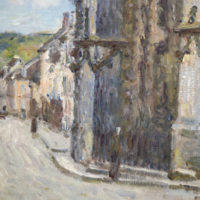





_tn43950.jpg )
